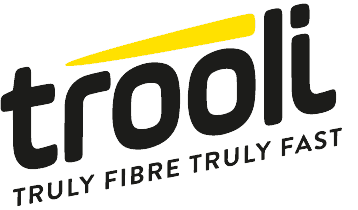PR’s reputation for being hard to measure has persevered. Unfairly, if you ask us. Yes it’s true, compared to channels like PPC and programmatic advertising (where absolutely everything is measured), it appears less concrete. A gamble, even. But if you understand PR, and it’s done well… it’s not.
It’s actually one of the most important channels of all. Don’t just take it from us…
“If I was down to my last dollar, I would spend it on public relations” – Bill Gates
PR performs a different role to paid and owned channels, where you control the narrative and can forecast based on cost per click and conversion rate. Your brand can appear anywhere and everywhere if your pockets are deep enough.
Earning your way into conversations without paying or incentivising is a challenge. You have to have a really good story, or something valuable to contribute to the discourse. Journalists and other gatekeepers can smell self-promotion a mile off, so if they do talk about you, it’s because they endorse what you’re saying. It’s harder, because it’s more authentic.
How do people talk about you when you’re not around? That’s the real question PR can help you answer.
Let’s measure!





















